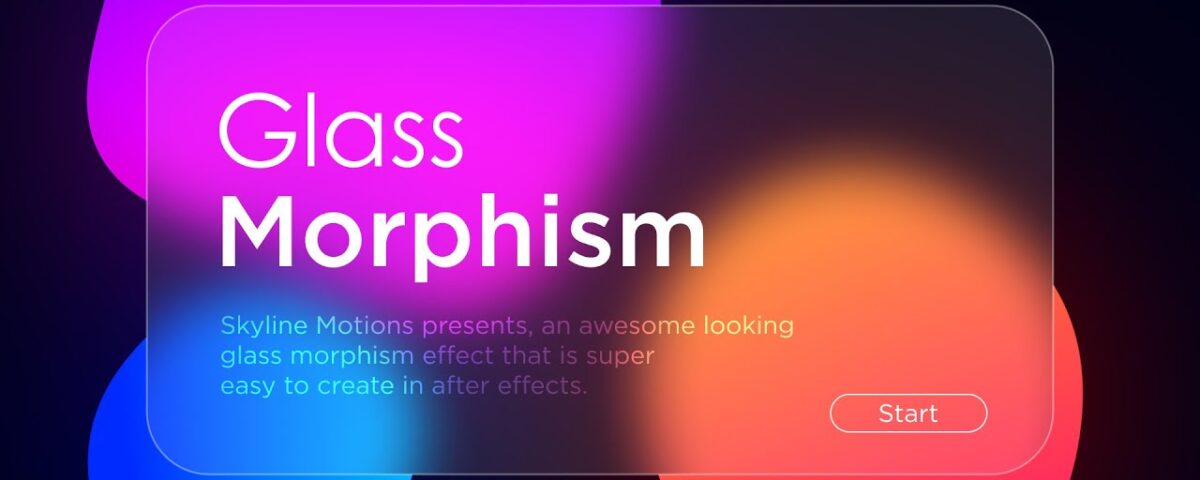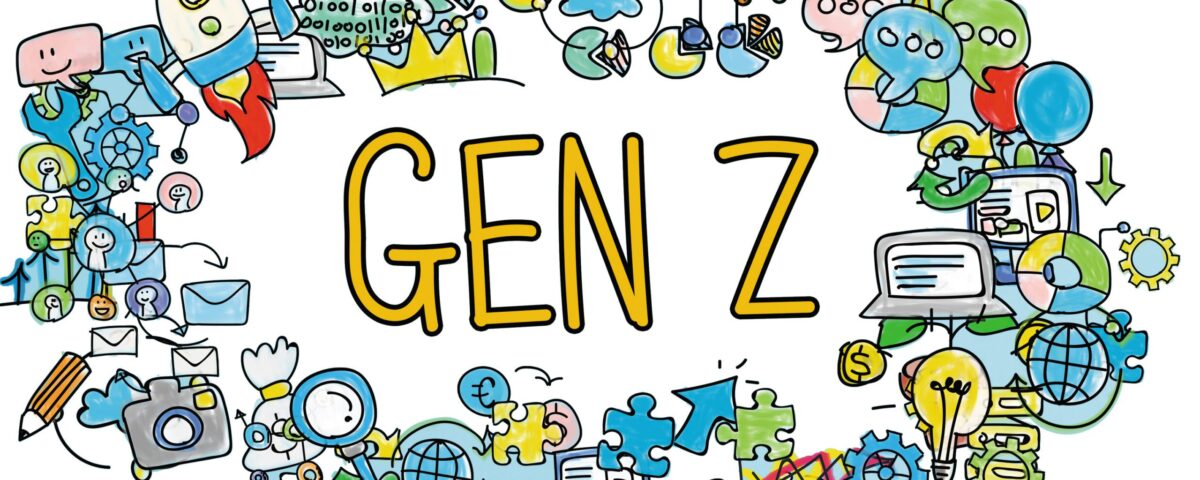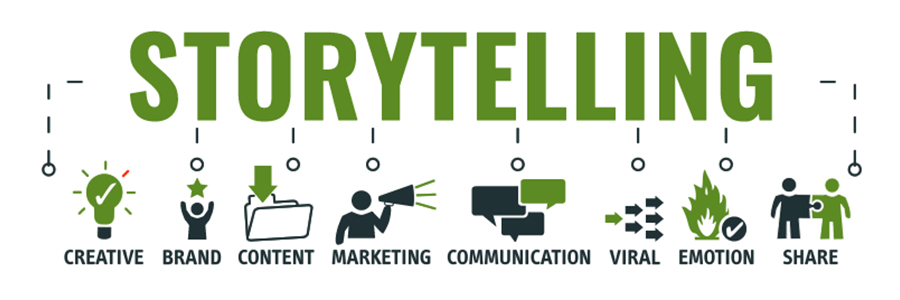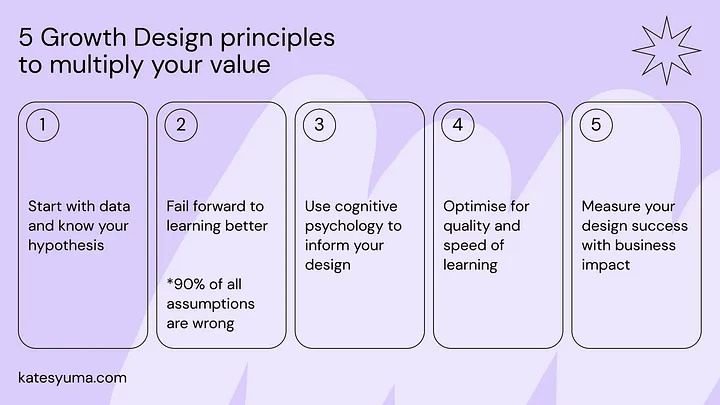12th June 2025
Frosted glass Glassmorphism is a popular UI/UX design trend, known for its frosted-glass appearance created with a blend of blur, transparency, and shadows. This effect adds depth and sophistication, revealing underlying content while keeping the focus on the foreground — making it a great choice for enhancing React Native interfaces. This article is somewhat a React Native glassmorphism tutorial and and exploration on how to use generative AI to explore visual effects. Here’s what I ended up creating, the result after a few iterations experimenting with the effect. It all began… The story of this article began with an itch […]













